There are over 330 species of hummingbirds found in the world, but less than two dozen of them are common enough to be found in the US and Canada. Because of their small size, quick flight pattern and migratory nature, hummingbirds can be tricky to spot, and even more difficult to distinguish between. Let’s take a look at how you can identify the 5 most common backyard hummingbirds.

Ruby-throated Hummingbird
Anna’s Hummingbird
Black-chinned Hummingbird
Rufous Hummingbird
Allen’s Hummingbird
Difference between Allen’s and Rufous Hummingbird
What hummingbirds eat
How hummingbirds nest
How to attract hummingbirds
Ruby-throated Hummingbird
Identifying Ruby-Throated Hummingbirds: Beating their wings on average 53 times per second, these quick little birds are a bright emerald green on the back of the head down to the tail. While both male and female have a grey-white underside, only the males have a very distinct ruby red patch on their throat. The shade of red and size of the patch can vary from bird to bird, with the feathers sometimes appearing very dark until catching the light.


Left: male. Right: female.
Where Ruby-Throated Hummingbirds Live:
This particular species of hummingbird lives in forest edges, meadows, grasslands, open woodlands, and in gardens, parks, and backyards. During the summer months of breeding season these birds can be found across the Eastern half of the United States and the southern portion of Canada. This is the only species of hummingbird found in the Eastern United States. Despite their small stature, most of these little birds make the amazing trek all the way to southern Mexico for winter months, while a small number may remain in the southern most tip of Florida.
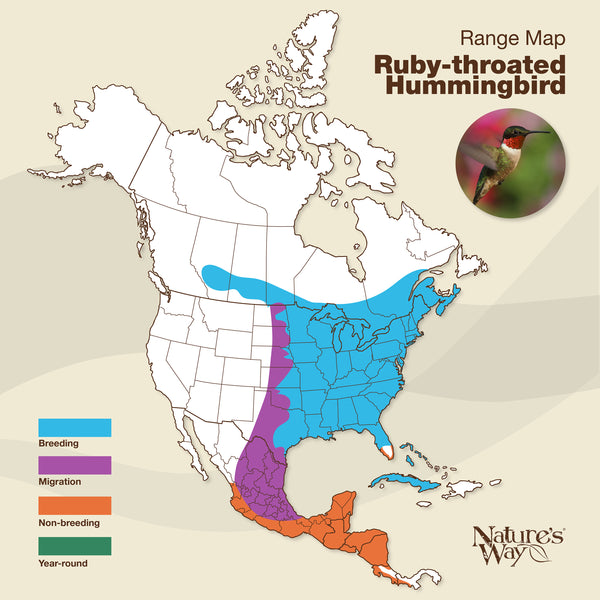
Anna’s Hummingbird
Identifying Anna's Hummingbirds:
At just under 4 inches in length, Anna's hummingbirds are small in comparison to other birds but in the hummingbird realm they are medium-sized and somewhat stocky. Mostly pale gray on the underside with an iridescent emerald green back, tail, and wings (sometimes also extended around the abdomen), the Anna's hummingbird is distinguishable from the Rufous hummingbird because it lacks any orange or rust-colored markings. While sometimes appearing a dull brown without direct sunlight, the male's face and throat are covered with brilliantly colored fuchsia feathers.


Left: male. Right: females.
Where Anna's Hummingbirds Live:
These dazzling jewels can be found year-round along the western coast of the US and into Arizona. Occasionally Anna's hummingbirds can be seen in parts of New Mexico in winter months and in rare occasions they can be sighted north along the very coastal western strip of Canada.
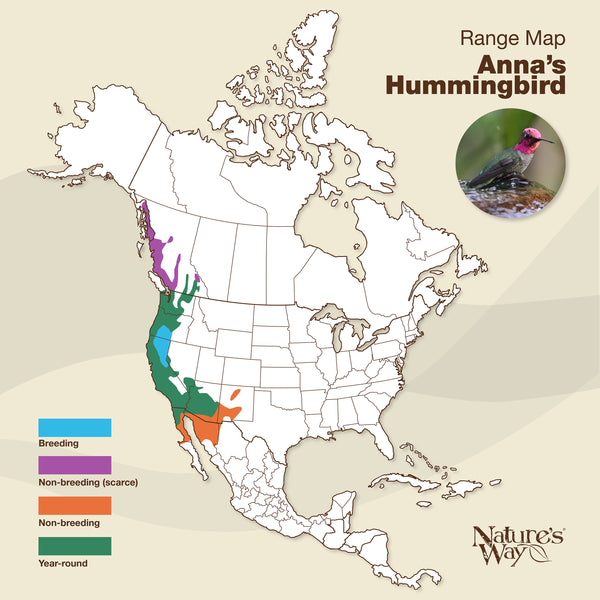
Black-chinned Hummingbird
Identifying Black-chinned Hummingbirds:
These quick little birds are a dull metallic green on the back of the head down to the tail. While both male and female have a grey-white underside, only the males have a very distinct black patch on their throat. The shape and size of the patch can vary from bird to bird, with a thin iridescent purple strip at the base, sometimes unnoticeable until catching the light.


Left: male. Right: female. [Photo credits to: Joan Gellatly | Flickr & ©Marky Mutchler | Macaulay Library]
Where Black-chinned Hummingbirds Live:
These hummingbirds inhabit the Western United States during breeding season. They can be found in Texas, New Mexico, parts of Colorado, Wyoming, and Montana and West to the Pacific Coast. They have even been found to travel as far North as the southern part of British Columbia. After the breeding season, some adults will first move to higher altitude mountain habitats where flowers are still abundant because making the long migration south to winter in western Mexico.
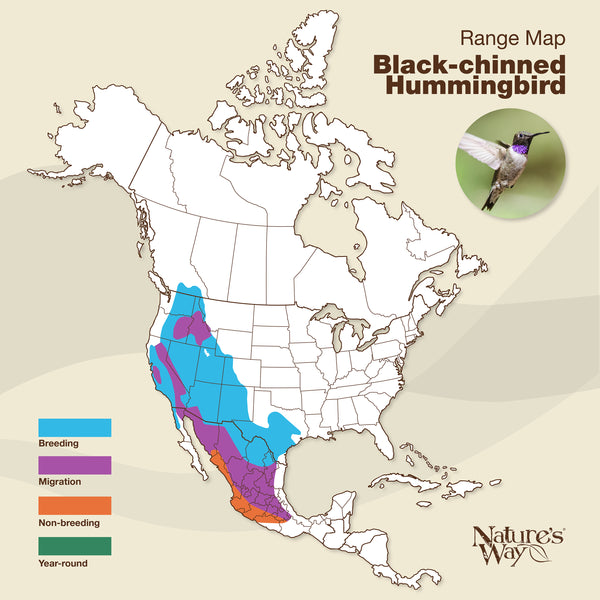
Rufous Hummingbird
Identifying Rufous Hummingbirds:
These small hummingbirds are roughly 2.8-3.5 inches in length and have fairly straight bills and short wings that don't reach the end of the tapered tail when perched. Male Rufous hummingbirds are fiery orange in good light with a bright iridescent red throat. Females are green on their backs with rust colored feathers on their flanks, tail, and often a small patch of orange on the throat as well. Both male and female Rufous hummingbirds are aggressive and can typically be found performing aerial launches to chase off any other hummingbirds that appear, even in areas where they're spending only a short amount of time passing through for migration.


Left: male. Right: female.
Where Rufous Hummingbirds Live:
During summer breeding season this particular species of hummingbird resides mainly in the Pacific Northwest into the Southwestern strip of Canada in open or shrubby areas of forest openings, yards, and parks, and can also sometimes be found in thickets, swamps, and meadows ranging from sea level to about 6,000 feet. When in their wintering grounds in Mexico, these hummingbirds are found between 7,500 to 10,000 feet elevation in shrubby areas and thorn forests. These birds can also often be found in the Southwestern portion of the United States on their migratory path to Mexico although only for a short period of time while passing through.
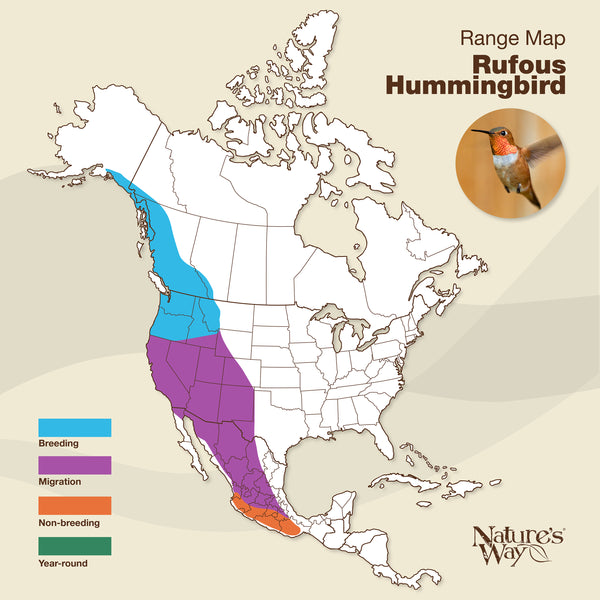
Allen’s Hummingbird
Identifying Allen's Hummingbirds:
Allen's hummingbirds are rust orange and green all over. Adult males have a rust colored tail, eye patch and belly with a deep red-orange throat. Immature males and females have similar coloring with only small spots of iridescent bronze on their throats.


Left: male. Right: female.
Where Allen's Hummingbirds Live:
When the earliest signs of spring begin to show, as early as January, Allen's hummingbirds make their appearance in their breeding grounds along the western coast of California and Oregon. Males can be found in open areas of coastal scrub where they can be seen perched conspicuously keeping a close watch on their territory. The females visit these areas to find a mate but will retreat into the forest or thickets to build her nest and raise the young. There are two subspecies of Allen's hummingbirds; one which stays in California year-round and a second which migrates to Mexico during the winter months. These two subspecies are not distinguishable in the field.

Difference between Rufous and Allen’s Hummingbird
Both Allen's hummingbirds and Rufous hummingbirds share many of the same physical characteristics and can be extremely hard to distinguish in the field, even by experienced birders. The only true way to decipher between these species is by subtle differences in the shape of their tail feathers. In the Allen's hummingbirds, all tail feathers are narrower than their Rufous counterpart. The Rufous hummingbird has a subtle but distinct notch at the top of the R2 feather (second from center).

What hummingbirds eat
Hummingbirds feed on nectar from tubular flowers and insects which they catch during flight or may even pull from spider webs or plants. Hummingbirds will also readily consume artificial nectar from hummingbird feeders. Nectar can be made using a ratio of 1 cup white sugar to 4 cups water. The use of dye or food coloring in artificial nectar is not necessary for attracting hummingbirds to a feeder and is not recommended due to the sensitive nature of these tiny birds.
How hummingbirds nest
Most nests are typically located between 6 to 12 feet above the ground on an exposed horizontal branch well below the canopy. Roughly the size of a large thimble (1 inch deep and 2 inches wide), the female builds the nest out of soft down held together with strands of spider silk and cocoon fibers. Nests in cooler areas will typically have thicker walls than those found in warmer climates.
A clutch size is typically 2 eggs that are roughly 0.3 inches wide and 0.5 inches in length. The tiny eggs are white and weigh less than half a gram. Eggs hatch in 12 to 16 days and will fledge the nest after an additional 21 days. Hummingbirds can have between 1 to 3 broods per season depending on the weather and breeding location.
How to attract hummingbirds
Placing feeders near flower beds or planters may help attract more hummingbirds to your feeder. For the best chance of hummingbirds discovering your feeder, it is recommended to have it up and ready before they return from their winter migration. Be sure to research the migratory pattern of hummingbirds in your area to make sure you haven’t put your feeder out too late, since this can cause them to overlook it later in the season. Feeders with built in perches can help these tiny birds conserve energy and feel more comfortable feeding, prolonging feeding times and increasing hummingbird viewing.
Try these hummingbird feeders:

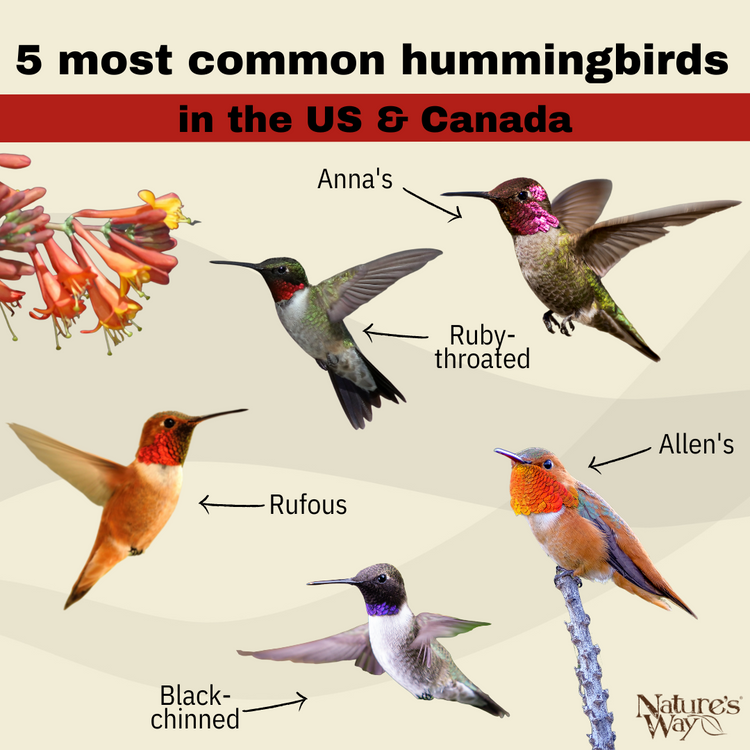




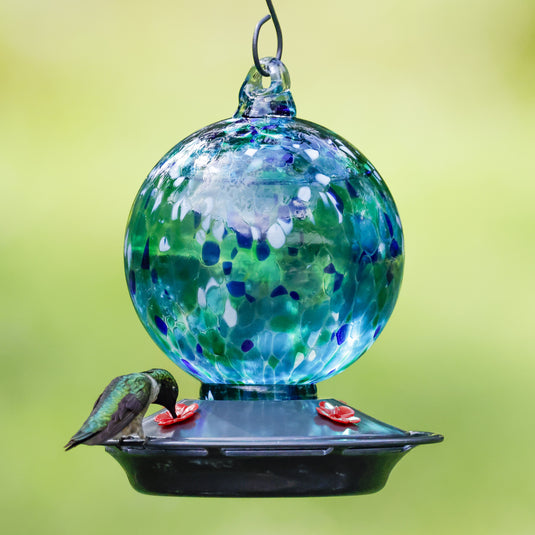
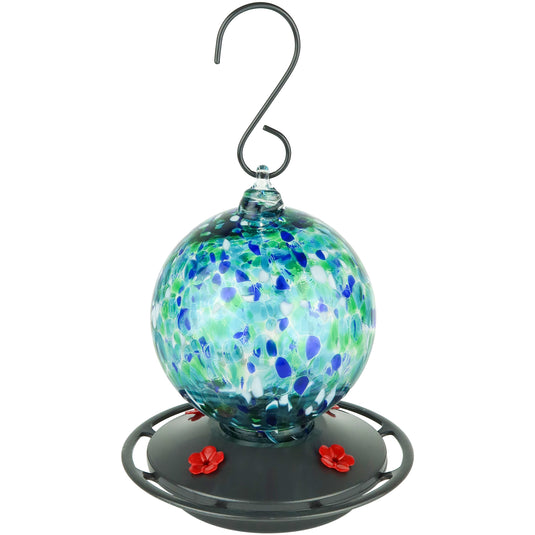


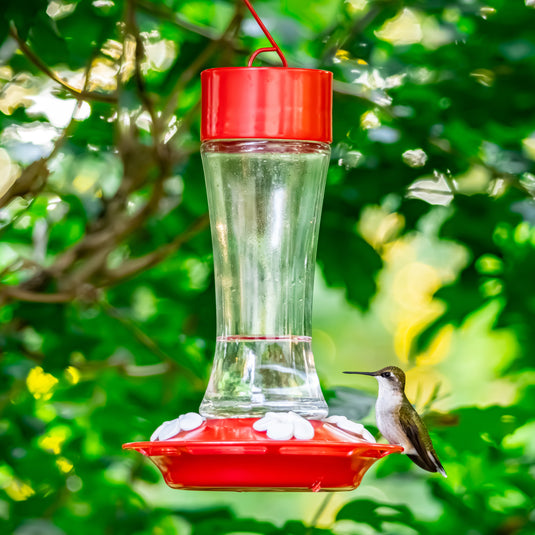
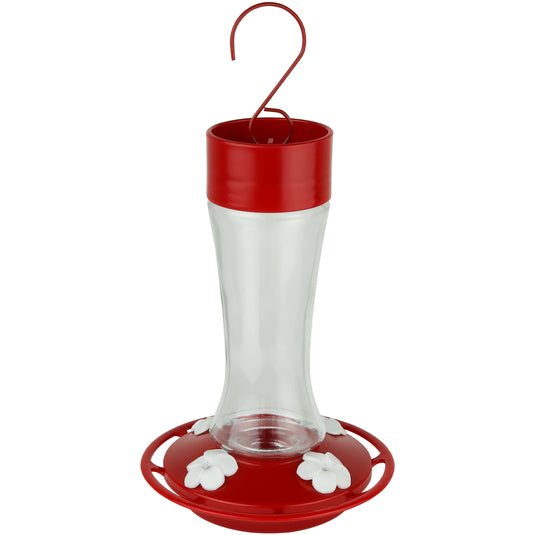
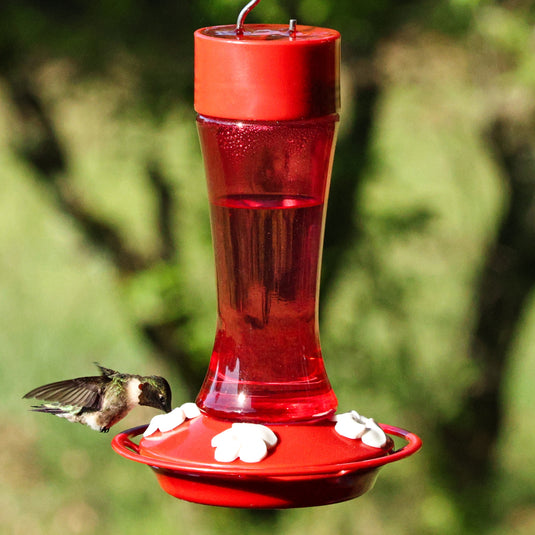
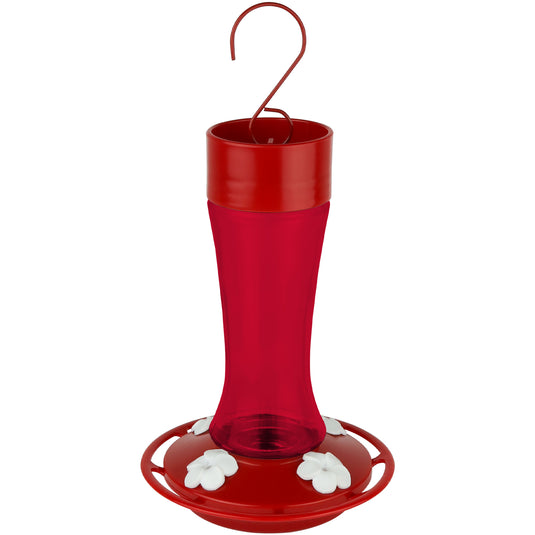
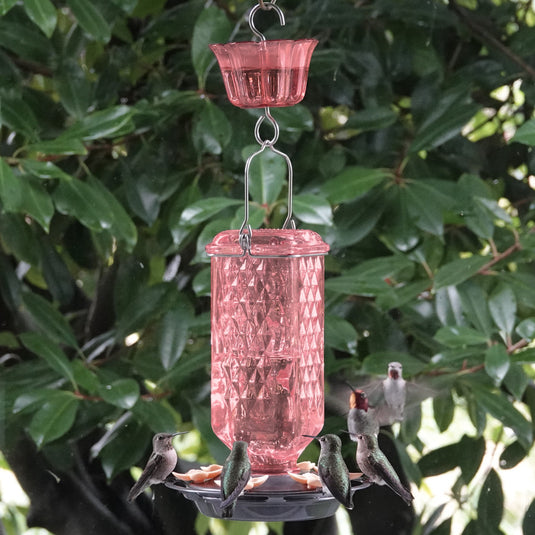
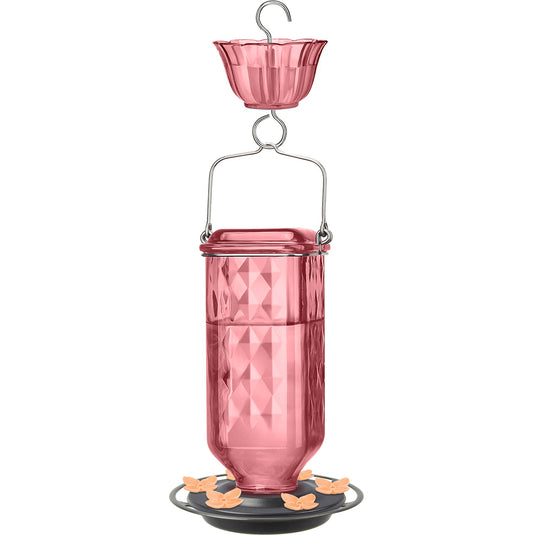
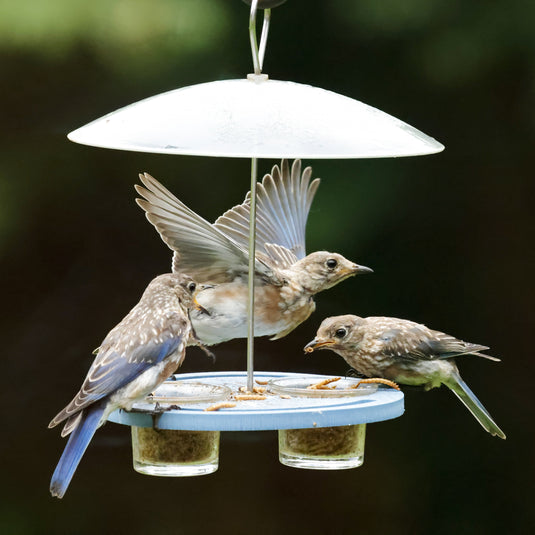
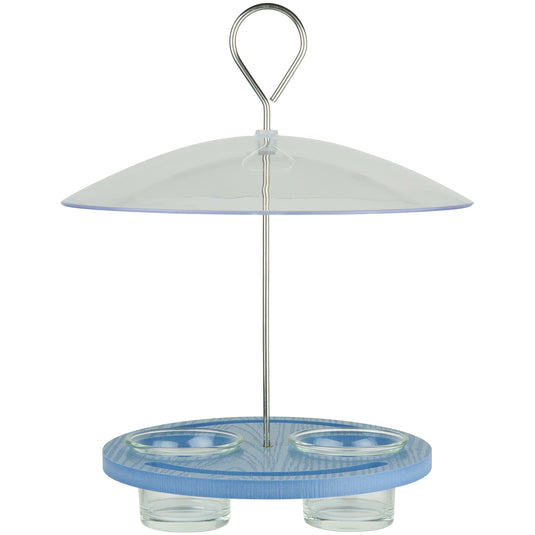
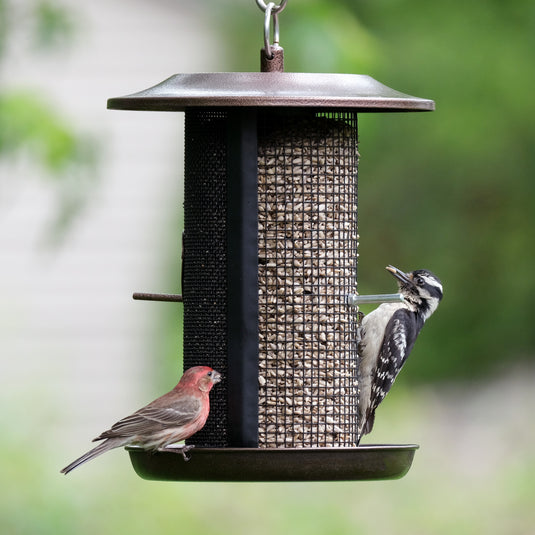
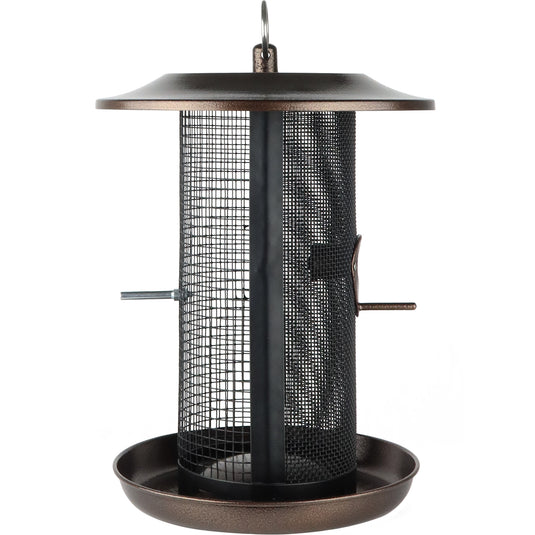
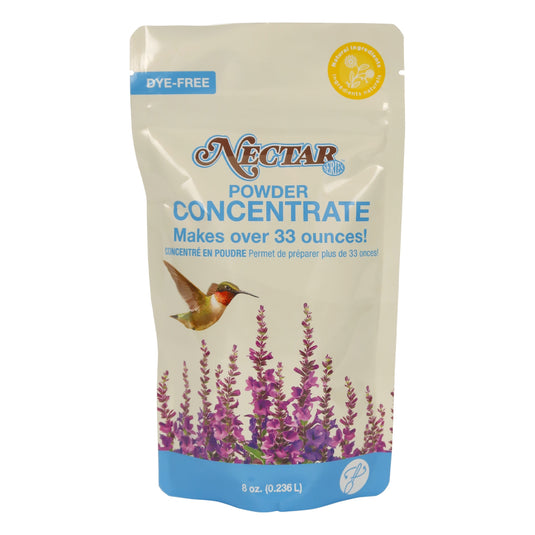
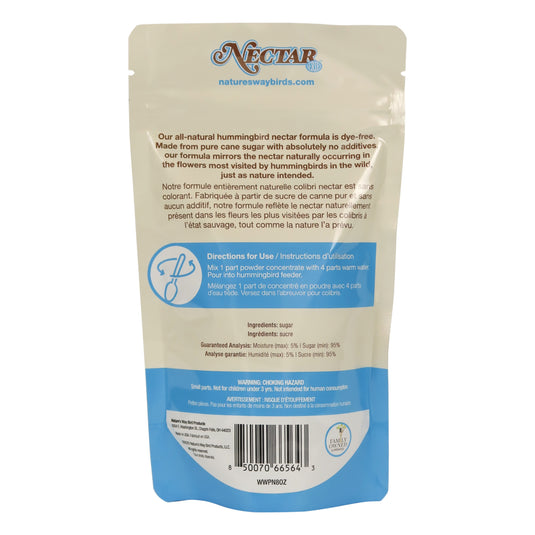
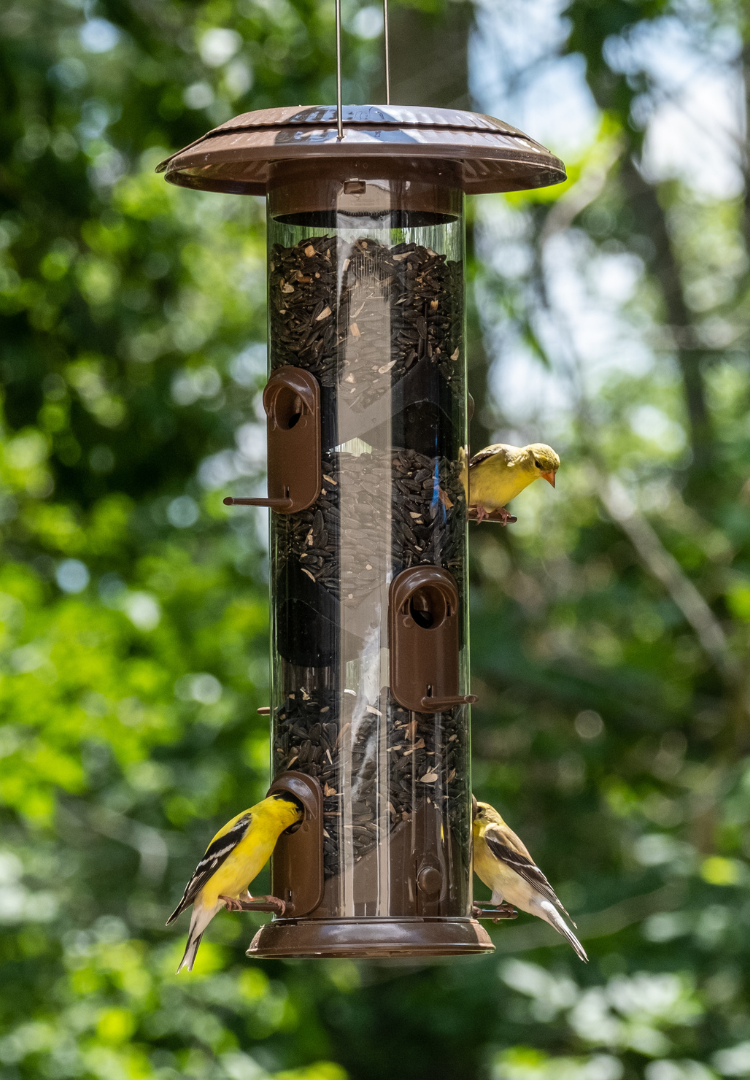
Hi! I live in Fulshear, TX. Only a few miles from the previous post (Brookshire, TX).
I have two female Rufous hummers. I also had what appeared to be an Anna’s breed because she was rather large. I typically have Ruby throated but they have definitely migrated.
I am so surprised to see them in these below freezing temperatures we’ve had including snow.
I had pulled my feeder in October but in the midst of cold temps saw a hummer feeding from my planters. I decided to hang my feeder again and have provided fresh nectar since.
I live in Brookshire, TX outside Houston and I have a Rufous hummingbird in my yard… We have snow and it’s going to get in the teens tonight. Typically I have 100’s of ruby throated hummingbirds coming through but I have never seen a Rufous one before? He is way out of his territory according to the map. I have a feeder out for him and I will keep switching them for him.
Hi Juana. Thanks for writing in! If the feeders you are referencing are Nature’s Way products, please reach out to our Customer Service department via email info@natureswaybirds.com and we can assist with replacement parts options to refresh your feeders. All the best.
It’s close to the end of “the season” (a year ago yesterday was the last day I saw any hummingbirds at our place), I’m noticing that 2 of my feeders have seen better days. The “body” part is glass (looks like new), but the bottom where they feed from is plastic. Being out in the elements has deteriorated this part. Is there a way to get just the bottom replacements? Or do I go buy cheap plastic feeders, throw away the body and use the bottom as a replacement? TIA!
HI Mary. Thank you for reaching out to Nature’s Way. The only way to truly stop other birds from using your hummingbird feeder is to remove it until they realize there is no food source and move on. Otherwise, you can put in place measure to try discouraging other birds from using your nectar feeder. First, use a feeder without perches. Also, you can baffle your feeder to make it more difficult for other birds to access. One other suggestion is to provide additional seed/suet feeders for the birds that are attempting to use your nectar feeder in hopes they use those instead. Hopefully one or more of these methods will work! Happy birding!